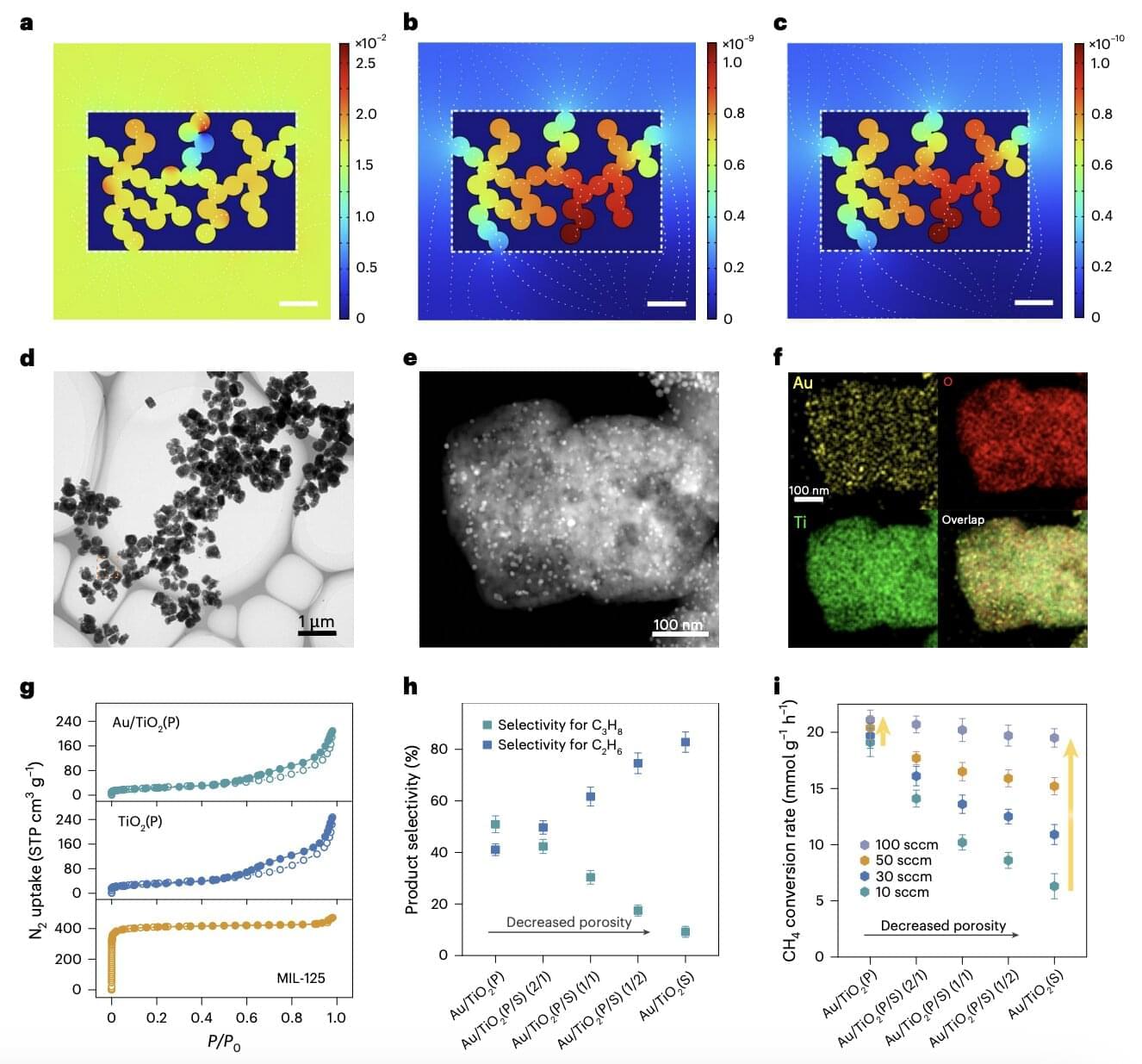Your Facebook business page serves as your digital storefront. It’s where you connect with customers, share company news, and build your brand. But lurking within those seemingly innocent comment sections are cybercriminals waiting to strike.
Facebook comments present a perfect opportunity for hackers. They use these spaces to distribute malware, gather personal information, and create targeted attacks against your business and followers. Many organizations focus on securing their main accounts while overlooking the vulnerabilities in their comment sections.
In this post, we’ll cover five common tactics hackers use in Facebook comments and provide an actionable strategy to protect your business from these threats.
Is your business one Facebook comment away from disaster? See how cybercriminals weaponize social media and get the protection your brand deserves.





